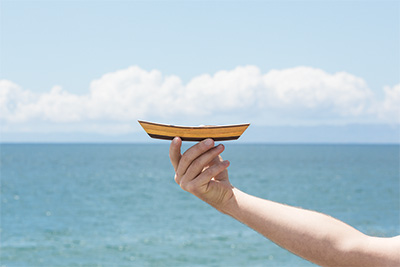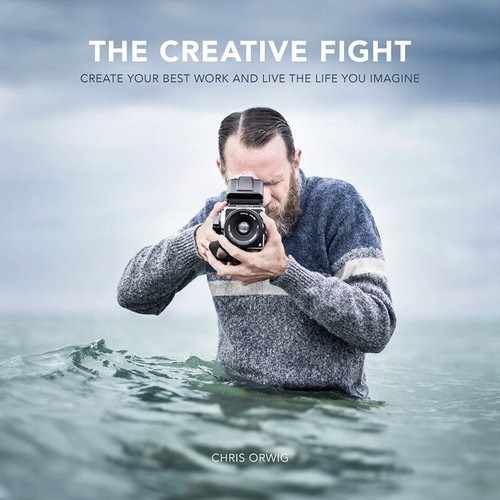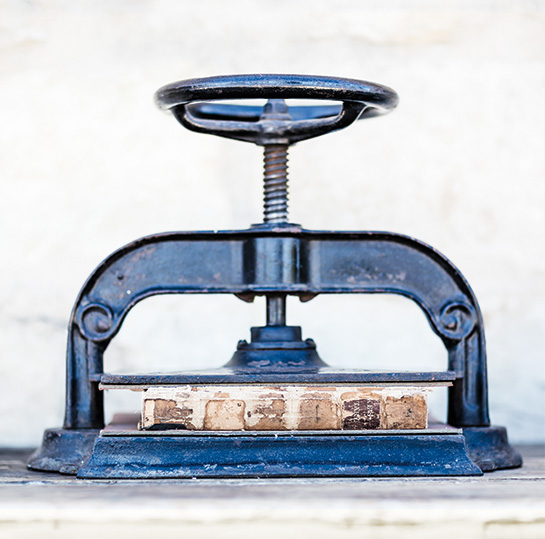Chapter Six. Twinkies, a Frog, and Grapes

My brother, my sister, and I stared in awe as we watched the marvel of mass production sweep by. There we stood as thousands of Hostess Twinkies marched past. The tour guide asked if anyone wanted a sample, and before the words had left her mouth our hands shot up. The guide said, “OK, go ahead and pick one to eat.” I’ll never forget the experience of that warm and fresh baked good.
During my childhood summer vacations, my mom would take my brother, my sister, and me to visit factories to see how food was made. At the time we thought that’s what all families did. On these factory visits, we had the chance to see how licorice, pasta, sourdough bread, fortune cookies, Twinkies, and animal cookies were made. My favorite factory tours were the ones where we got to eat fresh baked goods.
The Essence of Creativity
The delightful smells and the delicious tastes are deeply embedded in my brain. What I know now that I didn’t know then was that these trips were my mom’s way to teach us about the essence of the creative arts. And this wasn’t something we just witnessed; it was something we ate. This was a lesson about what we could understand. We digested creativity and it became a part of who we were. Those factory visits taught us to never underestimate the power of transforming ordinary ingredients into something more.
Creativity almost always begins with the combination of ordinary things. As a kid, I learned this from those factories and from my mom. She was an artist. I watched in curiosity as she mixed paints to create new colors for the pictures she made. I watched in awe as she mixed flour, sugar, and eggs to create a birthday cake in the shape of a hamburger or a racecar. Ordinary ingredients become extraordinary when we combine, stir, mix, and bake. Great ideas come never from thin air but from the mismatch of what’s nearby. That’s exactly what happened for Jim and John.
Sorry, Mom
Jim was a freshman in college and noticed his mom’s old green coat. He picked up a pair of scissors and wondered if his mom would mind. There was something about the felt fabric that he liked. Jim was working on a school project and he was running late. So he tossed aside his worries about his mom’s reaction and began to cut and slice. Soon he had a green shape, and what remained of the jacket was just the sleeves. Then, Jim took some thread and stitched together the sides. Next he found a ping-pong ball and sliced it in half. With a little bit of glue and a black marker, the two halves made perfect eyes. After a bit more work, Jim held up his creation and thought to himself, It really does look like a frog. And it was then that Kermit the Frog was born. As a teenager, Jim Henson had created one of the most well-loved puppets from ordinary stuff lying around his house.
Whether in a modern factory or in ancient times, creativity has always been about making the most of what you have. Sometimes creativity thrives when you are having fun, and other times it flourishes when you have your back against the wall. The latter was the case with a young man named John who lived in Medieval times.

Holy Mirrors and Wine
John was ambitious but he was also short on funds. Investors had helped him make “holy mirrors” for religious pilgrims to buy. When the mirror was held up to a relic, it supposedly captured and reflected the glory of God. The target market was the horde of devout pilgrims that were soon to arrive. Unfortunately, a severe flood delayed the pilgrimage until the following year. John was buried in mirror inventory and swimming in debt. The investors were upset. Fortunately, the financial pressure didn’t crush his spirit but instead ignited a creative spark.
John lived in a region known for its production of wine. As a result, he was familiar with the process of turning grapes into wine. John bought an old wine press that had been used for squishing juice out of grapes. With a few modifications, he transformed the press from making juice to printing words. And it was then that he, John (Johannes) Gutenberg, invented the printing press that changed the course of the world.
Creativity is never about wishing that you had better fabric or lived in a different region of the world. Creatives don’t use “if only” as an excuse. If only focuses on what might have been. Creatives focus on making the most of the raw materials that they have. Taking these materials and combining them into something new is where creativity becomes art.
And the most creative among us don’t shy away from this ideal. Gutenberg’s own words reflect this truth: “Yes, it is a press, certainly, but a press from which shall flow in inexhaustible streams, the most abundant and most marvelous liquor that has ever flowed to relieve the thirst of men! Through it, God will spread His Word. A spring of truth shall flow from it: like a new star it shall scatter the darkness of ignorance, and cause a light heretofore unknown to shine amongst men.”
Whatever your creative pursuit, the quickest way to set sail is to use the boat that you have and to reach for the clouds. Combine ordinary ingredients but strive for great things.
If creativity is the mixing of the ordinary into something new, like converting a winepress into a letterpress, it helps to become strangely familiar with what is ordinary to us. Artists, inventors, and creatives are those who can see the ordinary as something new. Here’s an exercise to help you do just that.
STEP 1
Write down words that reflect your interests, who you are, where you live, and what you do. Don’t worry about grammar or being exhaustive. This list is only for you.
Here’s the start of my list to give you some ideas:
Santa Barbara, Surfer, Bee Keeper, Hiker, Biker, Dad, Photographer, Harmonica, Piano, Guitar, Ukulele, Teacher, California, Skateboard, Farmers’ Market, Camping.
______________________________________________________________________
______________________________________________________________________
______________________________________________________________________
______________________________________________________________________
STEP 2
Select a few words to combine. Again, here’s my example: Santa Barbara + Surfer + Photography. Strange as it may sound, it took me years before I found this combo because it was so obvious. Once I found it, my photography career blossomed in a whole new way. Consider how Gutenberg did the same when he combined a winepress and type. Then write down a few of your own combinations below.
______________________________________________________________________
______________________________________________________________________
______________________________________________________________________
______________________________________________________________________


